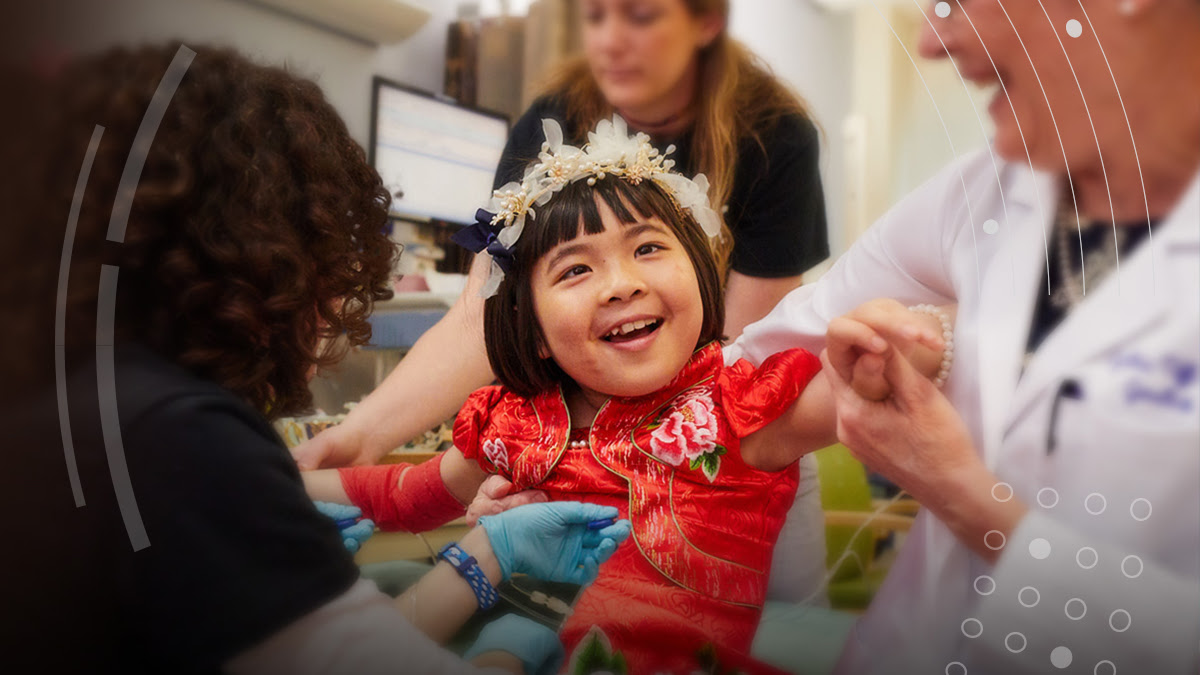| |||||||||||||
|
jueves, 25 de julio de 2019
How do you toast a gene therapy trial? With tea.| NHGRI
How do you toast a gene therapy trial? With tea.| NHGRI
Suscribirse a:
Enviar comentarios (Atom)


























.png)









No hay comentarios:
Publicar un comentario